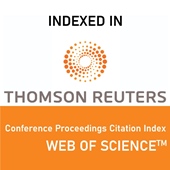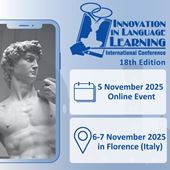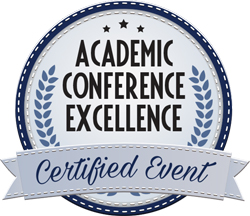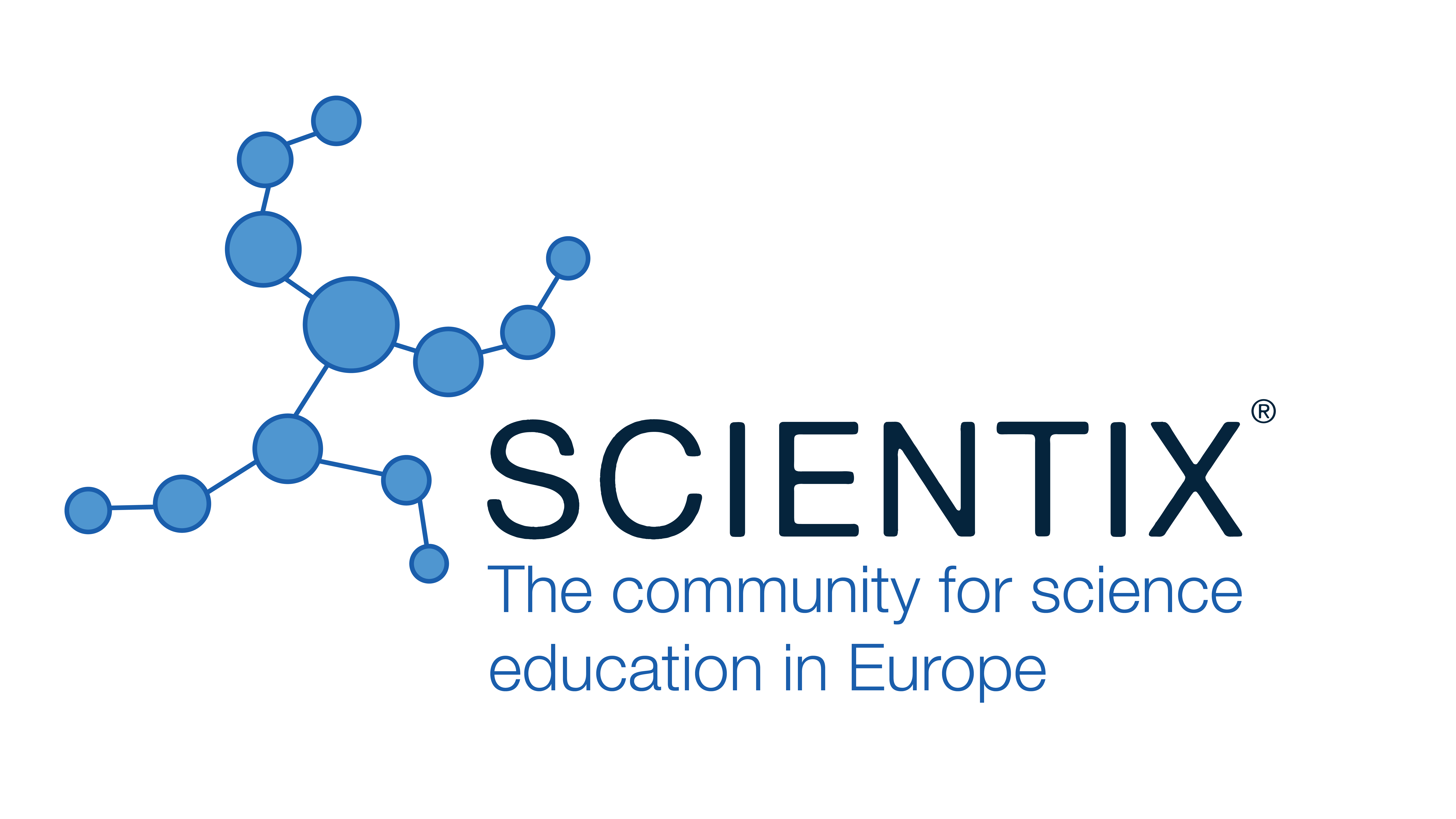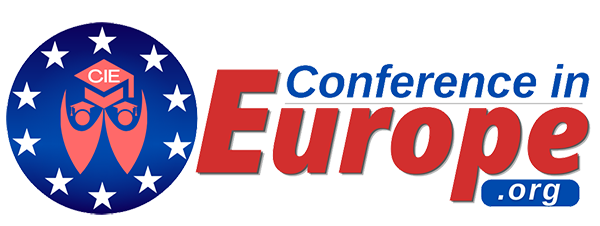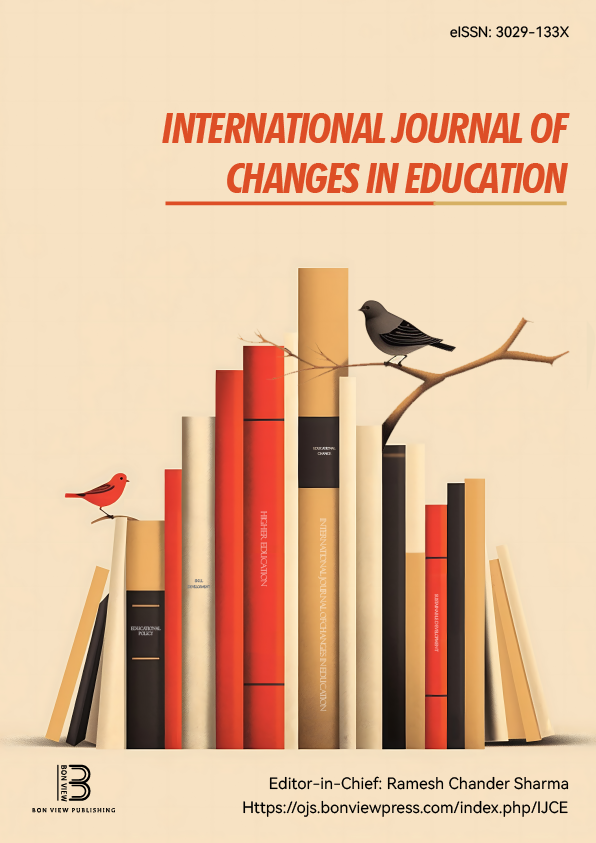AI as Supporting Tool for the L2 Language Teaching
Cristiano Sanna, Centro Machiavelli S.r.l., Italian Language School in Florence (Italy)
Mario Paiano, Centro Machiavelli S.r.l., Italian Language School in Florence (Italy)
Abstract
The introduction of Artificial Intelligence (AI) in language teaching can represent a significant innovation, with the potential to reshape both teaching practices and language learning. Current research on its use and impact remains limited and partly contradictory. Some studies suggest that AI, even without tutor support, can bring notable benefits to language learning [2]. However, other studies [1][3] highlight its limitations in providing feedback and its reduced ability to design tasks tailored to heterogeneous learners. Finally, recent studies seem to indicate that blended approaches, in which AI is combined with human tutoring, yield the most effective results [4][5].
This paper examines the blended use of AI at Centro Machiavelli, a school of Italian for foreigners in Florence. The study illustrates the innovations, advantages and limitations that this technology has brought into the school’s teaching practices, within a context of high learner heterogeneity in terms of age, educational background, mother tongue, motivation, and country of origin.
The description of AI use by the school’s teachers is divided into activities for oral/written comprehension, for improving expectancy grammar, and for oral/written production and dialogue. These applications of AI in the creation of teaching materials provide teachers with flexible and effective tools that enable them to design more inclusive, dynamic, motivating, and innovative learning pathways.
The informal findings from the Centro Machiavelli experience, derived from students’ feedback questionnaires and informal teachers’ interviews, indicate that AI integration can significantly reduce teachers’ workload, enhance the personalization of learning materials, and increase learners’ engagement and motivation. However, its effectiveness depends on pedagogical knowledge and adequate teachers’ training in AI technology.
|
Keywords |
Language teaching, AI, innovative learning pathways |
|
REFERENCES |
[1] Godwin-Jones, R. (2023). Emerging spaces for language learning: AI bots, ambient intelligence, and the metaverse. Language Learning & Technology, 27(2), 6–27. https://hdl.handle.net/10125/73501 [2] Huang, J., & Mizumoto, A. (2024). The effects of generative AI usage in EFL classrooms on the L2 motivational self system. Education and Information Technologies. https://doi.org/10.1007/s10639-024-13071-6 [3] Li, R., Jiang, Y.-H., Wang, J., & Jiang, B. (2025). How real is AI tutoring? Comparing simulated and human dialogues in one-on-one instruction. arXiv. https://arxiv.org/abs/2509.01914 [4] Ma, Y., & Chen, M. (2025). The human touch in AI: optimizing language learning through self-determination theory and teacher scaffolding. Frontiers in Psychology, 16, Article 1568239. https://doi.org/10.3389/fpsyg.2025.1568239 [5] Tasdelen, O., & Bodemer, D. (2025). Generative AI in the classroom: Effects of context-personalized learning material and tasks on motivation and performance. International Journal of Artificial Intelligence in Education. Advance online publication. https://doi.org/10.1007/s40593-025-00491-9 |
 Innovation in Language Learning
Innovation in Language Learning
